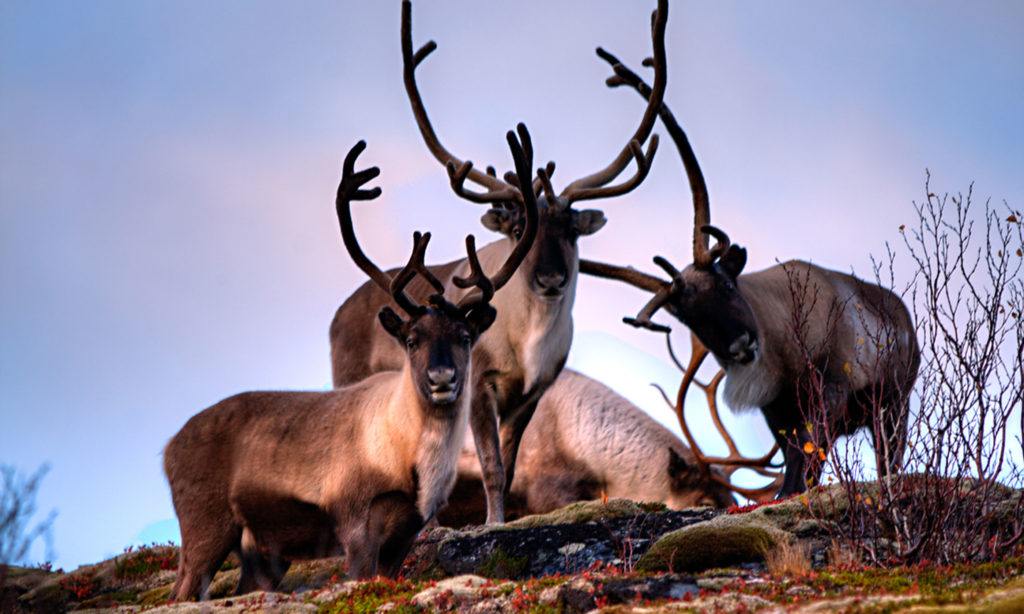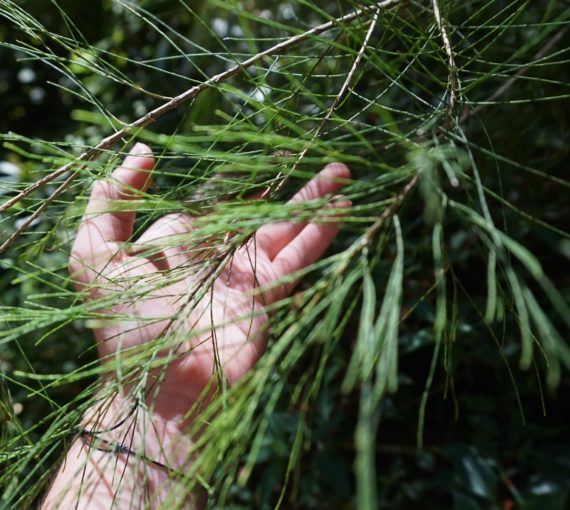
I became an environmental activist while working as a summer student at a zoo. As an animal lover, it seemed like a perfect job, and I felt lucky to get it. But I quit midway through my fourth summer, unable to stomach the despair and boredom that greeted me from behind the cage bars every day.
My zoo experiences led me to my first job at an environmental organization, Zoocheck, and onto my current work of over 15 years — advocating for wildlife habitat protection. I’ve pushed science-based protection measures for all sorts of species — from snapping turtles to right whales to monarch butterflies — but a big focus of my work has been boreal woodland caribou.
You can imagine my feelings on learning last week that Alberta is planning to manage the highly imperilled Little Smoky caribou population by building a 100-square-kilometre enclosure while allowing logging and failing to put limits on fracking-related disturbances.
To be fair to Alberta, the province paired this with an announcement of significant protected areas for four caribou populations in the north, and the plan contains some progressive measures. The government is at least taking action. Over the past two decades, provincial leaders did almost nothing to curtail industrial disturbance in caribou habitat. In 2011, the Little Smoky caribou range was assessed as over 95 per cent disturbed by human activities. Many of Alberta’s caribou populations have slid precipitously close to local extinction because of the impact of industrial activities and the ensuing changes to predator-prey relationships they facilitate.
Amid this landscape of industrial disturbance, the announcement of permanent enclosures as a recovery tool is, to me, a terrible new milestone in our collective national journey of unsustainable boreal caribou management. It is a “solution” that will ultimately cause additional harm, like other management strategies the province employs, such as predator control.
Alberta continues to kill wolves and other predators in the name of caribou management. As I’ve expressed elsewhere, this approach scapegoats predators that have co-evolved with their caribou prey for thousands of years before humans started building permanent roads and seismic lines in the boreal forest, thereby altering predator-prey dynamics.
Although the 100-square-kilometre enclosure is obviously bigger than the small cages that caused animals distress in my city zoo, and it would likely succeed in stopping caribou from being prey in the food chain, I believe that permanent enclosures for wild animals are not an appropriate management tool.
In biologist Mark Hebblewhite’s words, the enclosure will render these caribou “semi-domestic”. A primary component of suitable caribou habitat is its ability to meet caribou’s need to disperse and avoid predation, and caribou in turn are integrally shaped by interactions with their habitat and the predators that they try to avoid.
In the same way that a fat, bored tiger at a zoo ceases in many ways to be a tiger, so too would woodland caribou kept in pens cease to truly be caribou.
The federal government concluded in the Boreal Caribou Recovery Strategy that caribou recovery is technically and biologically feasible. What is needed is political will and active restoration of caribou’s highly degraded habitat, not permanent fencing and continued logging.
Our work
Always grounded in sound evidence, the David Suzuki Foundation empowers people to take action in their communities on the environmental challenges we collectively face.



